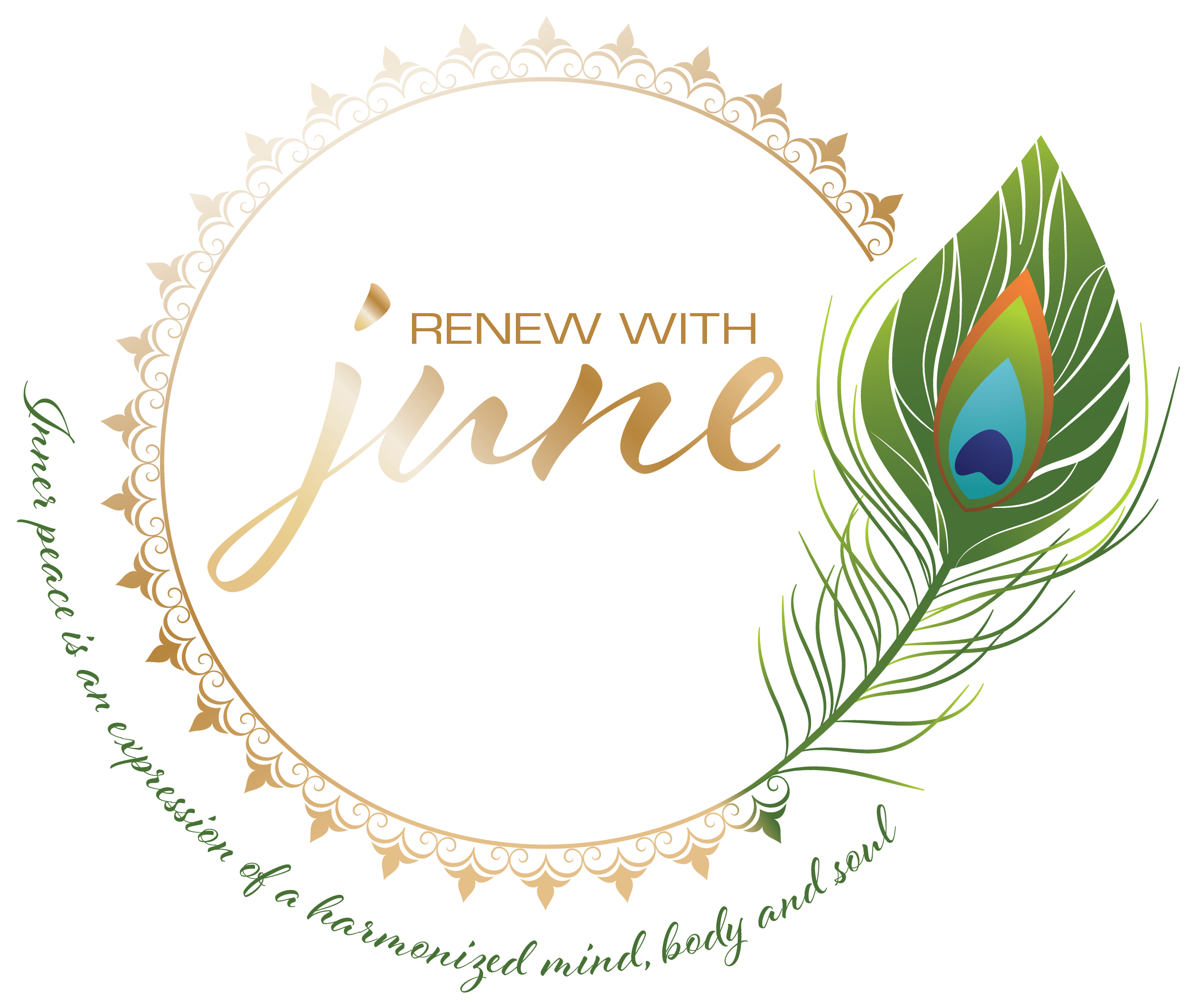
At some point in your life you will end up in a hospital or doctor’s office in an extreme amount of discomfort physically. Pain is a symptom that can be a gateway to psychological, mental, and physiological problems (Melike). Western medicine is very appropriate for acute injuries like broken bones or if you are in cardiac arrest but, what if you are dealing with chronic pain ? What are your options? Unfortunately, We are immersed in an opioid epidemic. Integrating pain management and anxiety reducing techniques with holistic modalities are an eye opening alternative to prescription drugs. But, it doesn’t have to be all or nothing, the two practices of Eastern and Western medicine can be merged together beautifully.
What is considered Western medicine? Physical therapy, surgical procedures, and prescription drugs are just a few things listed under Western medicine. What is considered Eastern Medicine? Massage Therapy, Reiki and Acupuncture are some of the more popular modalities. Reiki is a Japanese technique for stress reduction and relaxation that induces the parasympathetic nervous system, our rest and digest mode. The intention is to create deep relaxation, speed up the body’s innate healing response by removing stress from the situation.
Natural modalities can benefit before and after surgeries. Therapists and doctors are merging reiki with massage, chiropractic, physical therapy and psychiatric therapies.
Having an integrative approach to medicine gives people options other than prescription drugs to find relief from their symptoms. This plan of action could save countless lives from the opioid crisis we are drowning in.
People tend to turn to natural healing modalities when nothing else has worked. Stress causes inflammation. When we are in fight or flight mode on a regular basis or body is more susceptible to illness because our immune system is under stress.
A study was done in Italy where nurses used massage for patients in oncology and palliative care units. Responses from the patients involved in the study were positive. It was observed that there was a reduction in anxiety and pain and the massages attributed to normalization of breathing patterns. These were consecutive massages that lasted about 20 minutes in duration ( Pain management nursing, 102).
Nurses have the ability to treat their patients with Massage in a limited capacity under their licensure in most states here in the US. Something as simple as tapping in a rhythmic pattern or doing a karate chop like movement on their back for 5 minutes, to help break up phlegm for someone having respiratory issues, can be extremely beneficial. Realistically, the normal workload for a nurse is very full, most likely the person that’s going to be conducting massage for more than 5 minute increments for patients in a hospital would be a licensed massage therapist.
Very few insurance companies cover massage, reiki, reflexology and acupuncture 100%. And if the patient is lucky enough to have an insurance company that covers any of these modalities, they usually have to pay out-of-pocket and then get reimbursed a small portion. In most cases people have a flexible spending account that they will use for these services, which is basically money they put aside out of their paycheck each week which is not taxed. This can be expensive when Insurance does not play a role. With more doctors and hospitals on board referring to these treatments, insurance companies are more likely to cover these expenses. Insurance companies will have a different perspective when they realize that these modalities can be a preventative treatment not just post injury.
Some people feel that reiki is just a placebo effect. Scientific documentation and trial studies are out there but the peer reviewed studies are hard to come by. To become a reiki therapist is a tradition that has been passed down with roots from Japan. The original classes were very secretive, students had to learn their techniques from pure memory. More recent teachers have published books and manuals with more modern techniques. States do not oversee the licensure of reiki practices to date.
In hospitals and doctors offices reiki is gaining more acceptance as a helpful way to improve patient care. Adding this ancient healing art to treatments has been known to improve mental clarity and negative effects from medication, including nausea and headaches. It’s a noninvasive way to help facilitate healing.
Anyone can learn these techniques for themselves or loved ones. You don’t need to be in the medical field or have prerequisites to learn these techniques but, they can easily be integrated into Western medicine.
Next time you are in pain or feeling anxious, be open to your natural options and think about the long term effects of your treatment. Prescription drugs mask the symptoms of pain and are only temporary band aids that can turn into a lifelong addictions.
